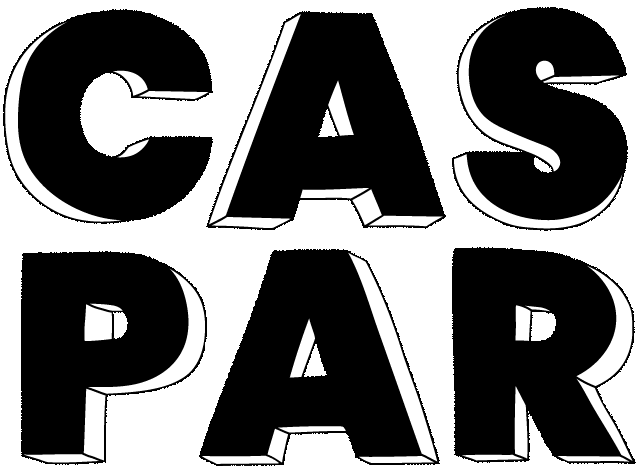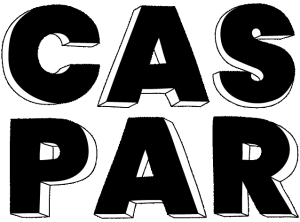This website uses cookies so that we can provide you with the best user experience possible. Cookie information is stored in your browser and performs functions such as recognising you when you return to our website and helping our team to understand which sections of the website you find most interesting and useful.
Privacy Overview
Strictly Necessary Cookies
Strictly Necessary Cookie should be enabled at all times so that we can save your preferences for cookie settings.
If you disable this cookie, we will not be able to save your preferences. This means that every time you visit this website you will need to enable or disable cookies again.
3rd Party Cookies
This website uses Facebook Pixel and Google Analytics to collect anonymous information such as the number of visitors to the site, and the most popular pages.
Keeping this cookie enabled helps us to improve our website.
Please enable Strictly Necessary Cookies first so that we can save your preferences!






Digital Print and Pigment Inks – Get to Know Caspar Manufacturing Process!
On several occasions we’ve mentioned how our production is environmentally friendly and sustainable. We believe in a better tomorrow and know that we need to change the direction of the fashion industry.
In order to accomplish this, we’ve had to introduce new and advanced technologies in our manufacturing process.
We appreciate transparency in our business, so we’d like to explain the whole process to you, as well as the path the fabric goes through at our facility. More precisely, we’ll explain what digital print is, what are pigment inks and how and why we use them.
Don’t worry, we’ll use completely understandable vocabulary, without that bunch of technological terms. 🙂
Are you ready?
Here we go!
What type of print do we use?
First, we’ll explain what the printing process used to look like.
If you wanted to print a pattern, you needed to put it on printing plate first, or run it through a silk screen. Therefore, more material, more work. These technologies are still used, primary because they work well for larger amounts of products.
However, we opted for digital print.
How does it work? We input data (in our case colours and patterns) into the computer, while the computer transmits these data into the printing machines which do the rest of the work.
Why is digital print better for our way of doing business?
In conclusion, it’s clear that what we represent – a company that is here to help small and medium businesses and craftsmen, all the while maintaining a sustainable approach – digital print is the best option.
After we’ve chosen the type of print we want, the inks came next.
Print in the colours of sustainability
There are three types of inks we can use in digital print:
We’ve chosen a printing machine called Kornit Presto, which enables us to perform all of the processes related to digital print directly onto the fabric: print, softening and drying, all in one go.
By selecting the printing machine, we’ve chosen the type of inks we want, too.
Every ink is suited for a different type of technology, and our Kornit Presto comes hand in hand with pigment inks.
Still relatively new and unfamiliar in the world of print, pigment inks are not that popular, but we believe they’re going to take over the market soon, and we’re here to proudly represent them.
We believe in their advantages and we know that they are the best choice for our goals, but also the best option for textile industry in general.
Here’s why:
Acid and reactive inks on fabric are first treated with chemicals, then printed, steamed and washed. The process is exactly as it seems – time consuming and wastes large amounts of water and energy. Since ecology is one of our main principles, this doesn’t suit us at all.
Pigment inks don’t acquire water (like the rest of them do) but only temperature in order to be heated up and fixed onto the fabric. Therefore, there’s no (large) consumption of water – this is what gives us sustainability.
Pigment inks can be used in different ways, and the final result is consistent, which gives us quality.
Now when we’ve cleared all of this, let’s conclude with all the advantages these technologies have when compared to the traditional ways of print.
Why do we do things this way?
Our factory is a proud microfactory.
In order to meet all custom print requirements (which is the way our factory works), we need to have a high level of technology, automatization and digitalisation. Digital print represents exactly that – since it works the same as classic printers (tiny drops of ink are placed onto the fabric), results are fast but efficient.
By doing custom print, we’re also reducing the amount of waste, while the use of pigment inks doesn’t require water in the printing process.
As a company which puts great emphasis on sustainability and eco-friendliness, this is of great importance for us, and we believe that it’s important for our costumers and clients, too.
We believe in the new direction of textile print which leads us to a brighter future!
Do you want to talk more about our production? Contact us – we’ll gladly have a cup of coffee with you!
Related Posts
Microfactory: Solution for the Future of Textile Industry
Textile industry: the old way Textile industry: new way Microfactory Dropshipping
What Makes us different? Fashion and Business Future, Caspar Style
Tailored to fit you and your ideas Sustainable and eco-friendly Fairtrade Microfactory We care about the Caspar community